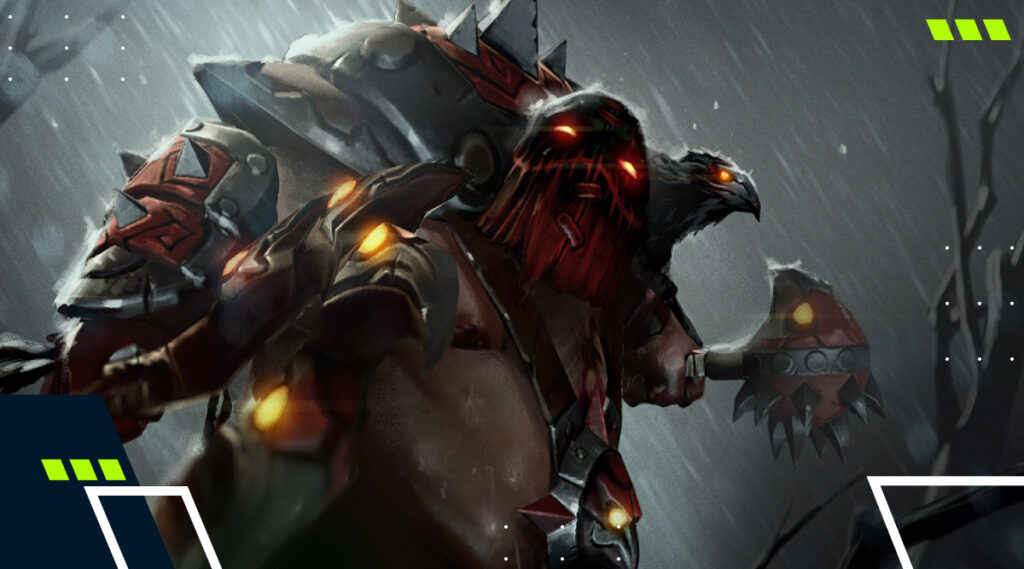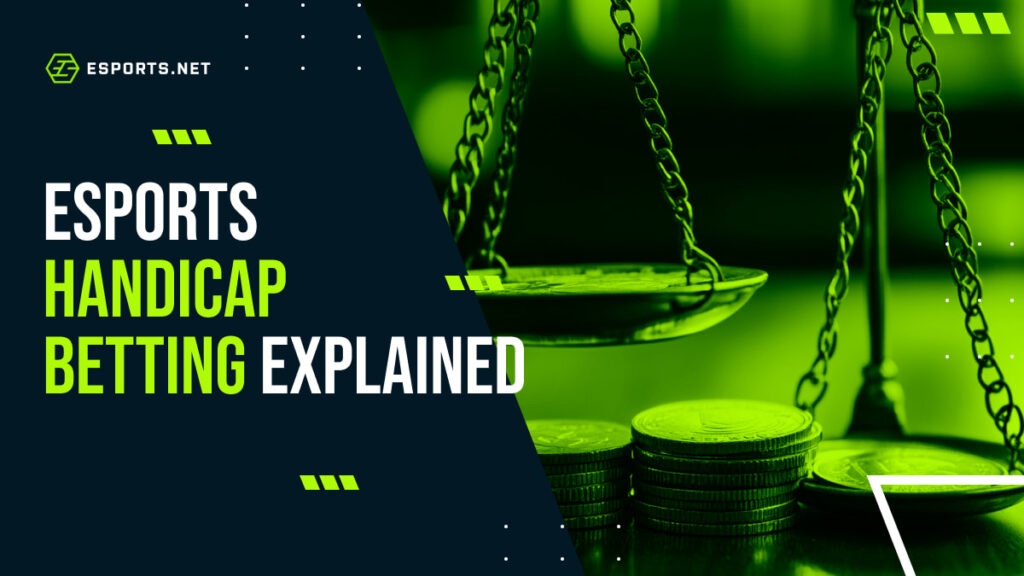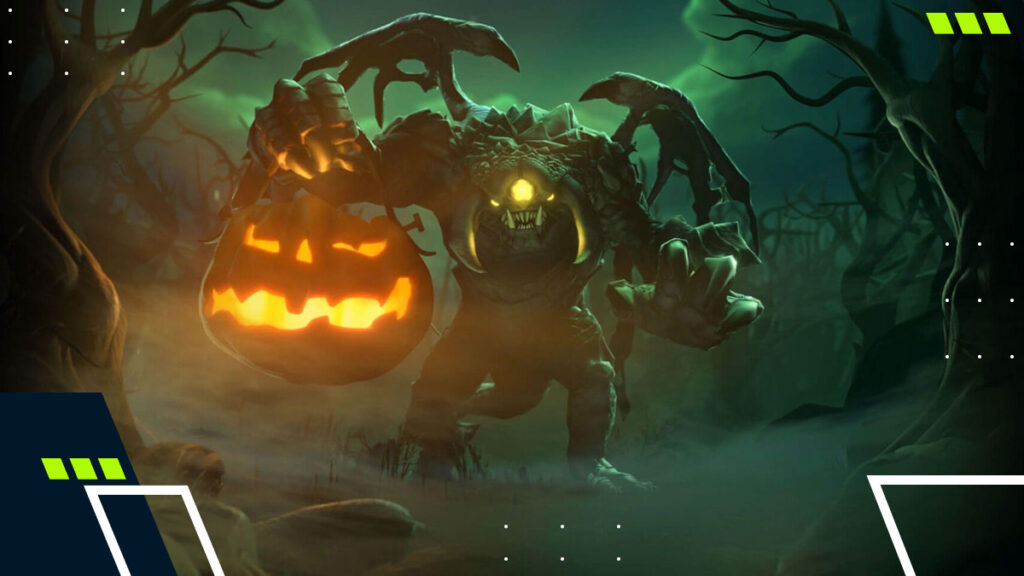Esports NFTs: How Digital Collectibles Are Changing The Game
Esports NFTs provide fans with verifiable ownership of digital collectibles and exclusive event perks.
Teams generate revenue from NFTs through sales, royalties, collaborations, and memberships.
The future of NFTs in esports centers on loyalty and sustainability, driven by the energy efficiency of proof-of-stake technology.
Non-fungible tokens (NFTs) in esports have revolutionized how fans connect with their favorite teams and players, offering verified ownership of exclusive items, from keepsakes and VIP passes to rewards for loyal supporters. And while early hype may have faded, the true value of digital assets remains.
In this guide, you’ll learn how esports NFTs work, what teams and players actually do with them, and where you can find and trade them. We’ll also cover the money side (revenue models), licensing and regulation, and real projects that have been delivered so far.
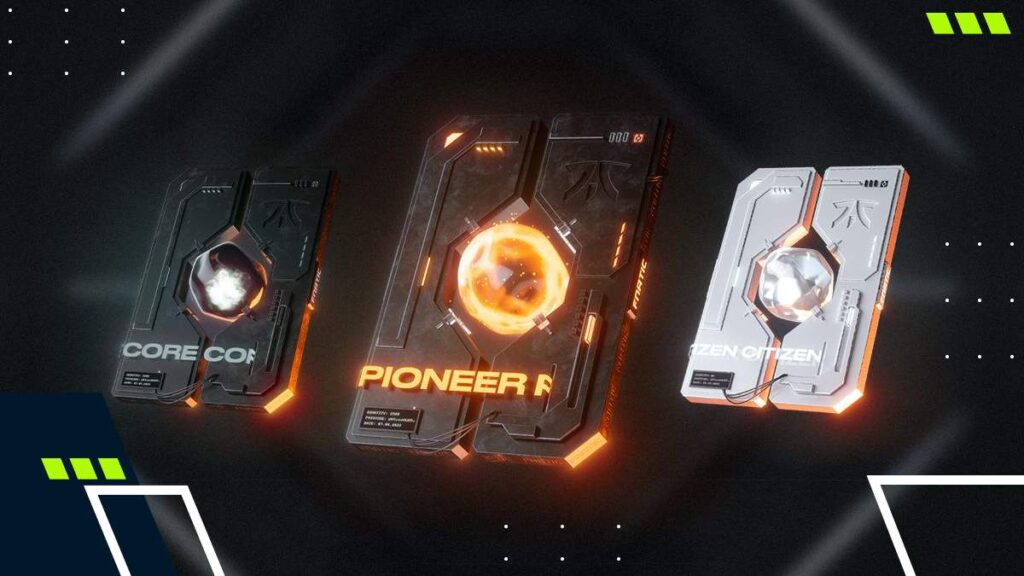
- 1. What Are NFTs In Esports?
- How NFTs Are Used In Esports
- 2. Esports NFT Revenue Models And Monetization
- 3. Legal And Licensing Considerations In Esports NFTs
- 4. Esports NFT Marketplaces And Fan Engagement Platforms
- Examples Of Successful Esports NFT Implementations
- 5. The Future Of NFTs In Esports
- 6. FAQs
What Are NFTs In Esports?
In esports, NFTs are unique digital tokens that represent ownership of collectibles linked to teams, players, or events, such as digitally signed posters, commemorative tokens, and exclusive passes. Every NFT has a unique ID on a blockchain, making it easy to verify its authenticity and difficult to fake.
Behind the scenes, blockchain technology functions as a transparent, shared ledger, tracking every token, its owner, and all transactions. Teams can also layer extra perks, such as early-access drops, private channels, or ticket upgrades. In this way, NFTs serve as both digital memberships and rewards.
How NFTs Are Used In Esports
Nowadays, NFTs are often used as digital tickets or proof-of-attendance badges. They’re easy for organizers to roll out and simple for fans to claim. Many teams also tie them to merch or meetups, turning a simple token into a lasting memory with real-world value.
Esports digital collectibles usually fall into a couple of different categories:
- Team memorabilia
- Utility memberships
- Event badges (POAPs)
- Ticketing passes
- Achievement collectibles
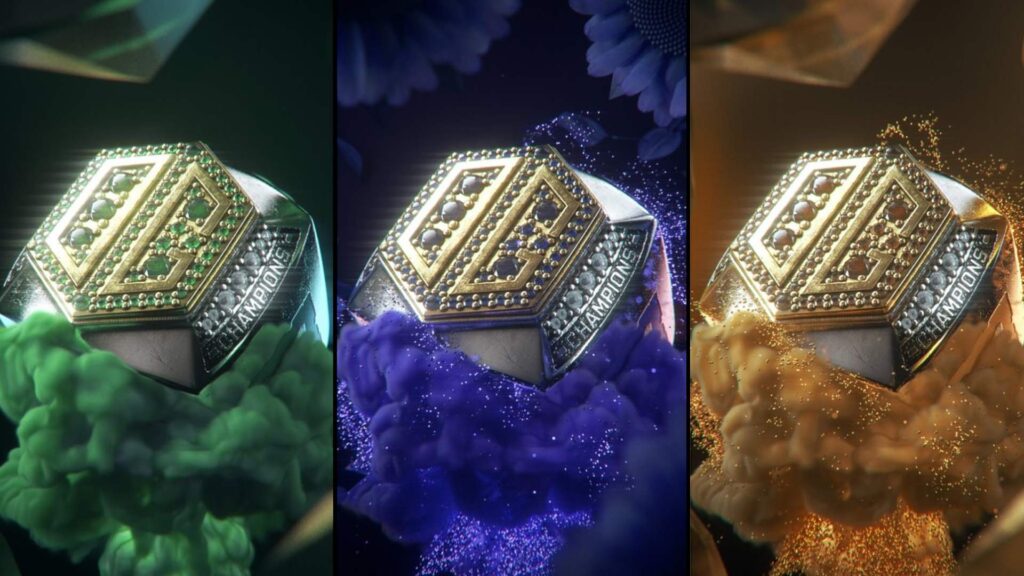
Esports NFT Revenue Models And Monetization
When considering how esports teams monetize with NFTs, most think of primary sales first and then measured add-ons. Since some marketplaces have made creator royalties optional (e.g., OpenSea’s sunset of the “Operator Filter” enforcement in 2023), teams lower risk by pricing utility into the mint instead of relying on flips.
If done well, esports team NFTs can create a steady income during weaker ad cycles and enable clubs to reward superfans at scale. Beyond that, co-branded artist drops add storytelling and visibility, while memberships drive predictable renewals.
Esports NFT revenue sources include:
- Primary collectible sales
- Secondary royalties
- Licensing of marks and IP
- Brand collaborations
- Membership perks and renewals
Legal And Licensing Considerations In Esports NFTs
Before minting, esports NFT licensing requires careful attention—especially when considering all the different stakeholders. For example, game publishers own the IP, teams own the branding rights, and players control their likeness, meaning each layer must be documented and approved.
Any organizers who want to include match footage or logo sets will also need to confirm usage rights in advance and outline how revenue sharing and takedown requests will be managed. Additionally, regulatory compliance is another important factor that varies across different regions.
In some jurisdictions, esports NFTs marketed as financial products can be classified as securities and be subject to consumer protection laws. That’s why teams and creators need to ensure compliance with local regulations, focusing on transparency, utility, and clear terms of ownership.
Esports NFT Marketplaces And Fan Engagement Platforms
You can trade esports NFTs on marketplaces like OpenSea (multi-chain), Binance NFT (exchange-integrated), and game-focused platforms, such as WAX and AtomicHub. WAX has positioned itself as a low-cost provider, while AtomicHub remains one of the longest-running NFT marketplaces.
Whichever platform you use, always verify the authenticity of collections, creator transparency, and ownership metadata. Most esports teams publish official contract addresses and wallet-verification steps to avoid accidentally purchasing counterfeit listings.
Examples Of Successful Esports NFT Implementations
- FNATIC — Membership Key: Tiered esports NFT keys with token-gated benefits like shop discounts and events.
- OG Esports — Championship “ring” collectibles: Curated digital art memorabilia on Nifty Gateway tied to title-winning history.
- BLAST — Themed collectibles: Early, fun-forward experiments tested fan demand without overpromising financial upside.
- NAVI — Community hub + fan token: NAVINATION runs community events and rewards. NAVI also launched a fungible $NAVI Fan Token on Socios (not an NFT).
The Future Of NFTs In Esports
Looking ahead, the future of esports NFTs in competitive gaming leans into loyalty. You can expect POAPs (Proof of Attendance Protocol) at events, ticket pilots with a smooth user experience, and memberships that coexist with merchandise and content.
If you’re concerned about energy impact, Ethereum’s 2022 move to proof-of-stake cut its energy consumption by over 99%. As a result, modern NFTs now carry a far smaller carbon footprint, allowing esports teams to focus more on delivering fair perks and better community care.
As tools mature, esports blockchain technology will fade into the background—much like payments or streaming—leaving users with items that seamlessly move between apps and are easy to use.

FAQs
How do NFTs help esports teams generate revenue?
Esports teams generate revenue through NFTs in various ways, including primary sales, secondary royalties, collaborations, licensing, and memberships.
What are the most successful esports NFT projects so far?
Standout esports NFT projects include membership keys with real perks (e.g., Fnatic Keys on Polygon) and curated commemoratives (e.g., OG’s championship ring NFTs).
Why have NFTs lost popularity, and what does that mean for esports?
Speculative volumes declined materially in 2024 (by 19% YoY), and 2025 remained choppy, pushing esports toward more durable utility, such as loyalty programs, POAP badges, and membership passes.
What legal challenges come with creating and selling esports NFTs?
Esports NFT legal considerations include securing the IP (publisher, team marks, player likeness), and following regional laws and regulations.
How can fans buy or trade esports NFTs safely?
To use esports NFTs safely, use official links, verify contract addresses, and use reputable esports NFT marketplaces.



